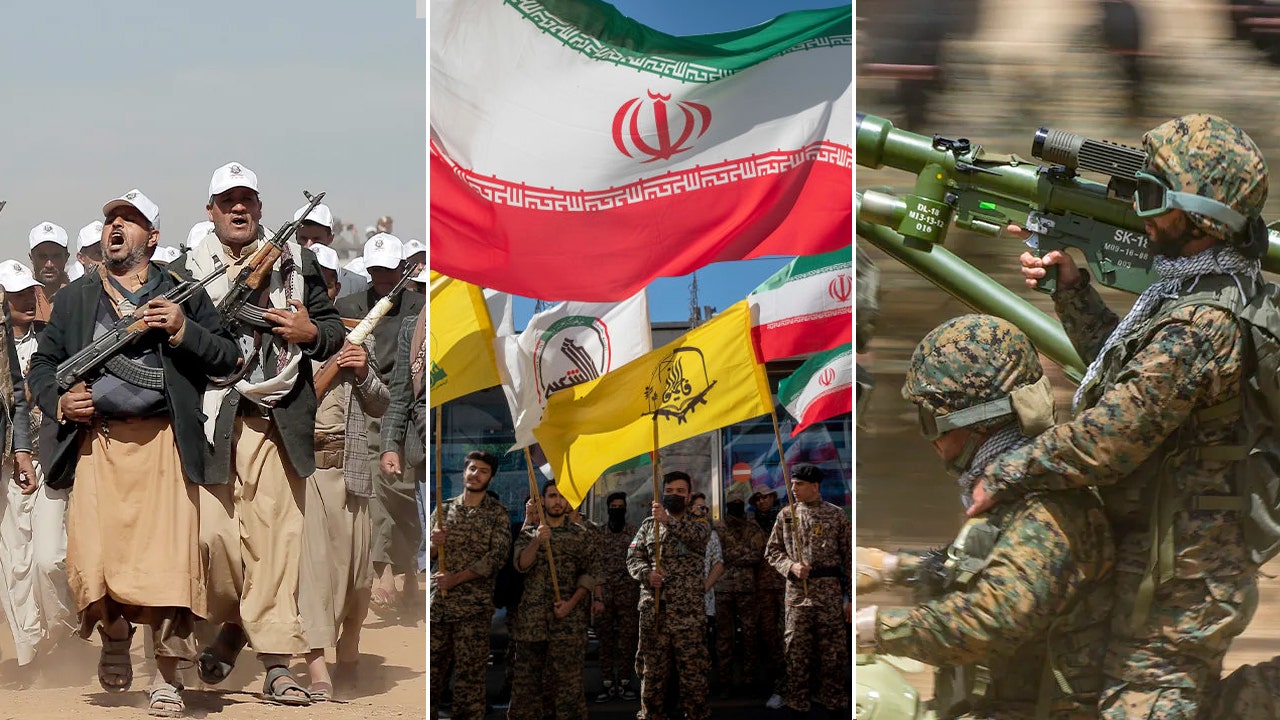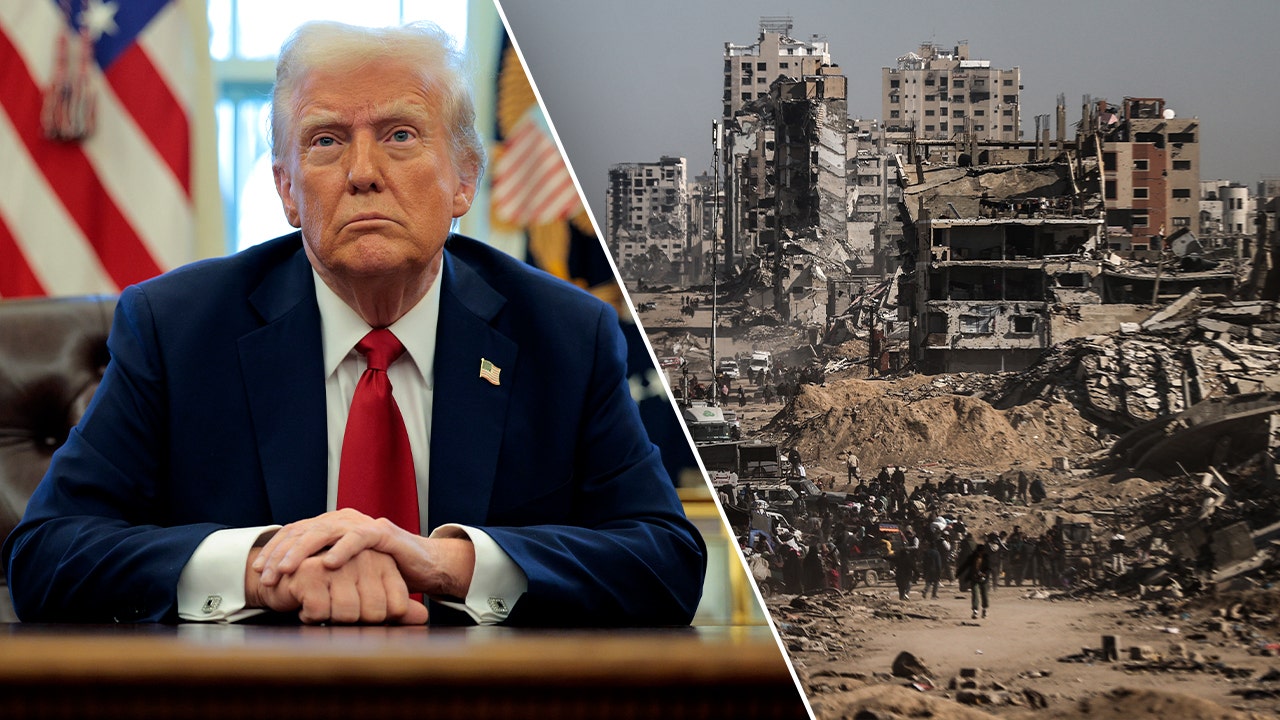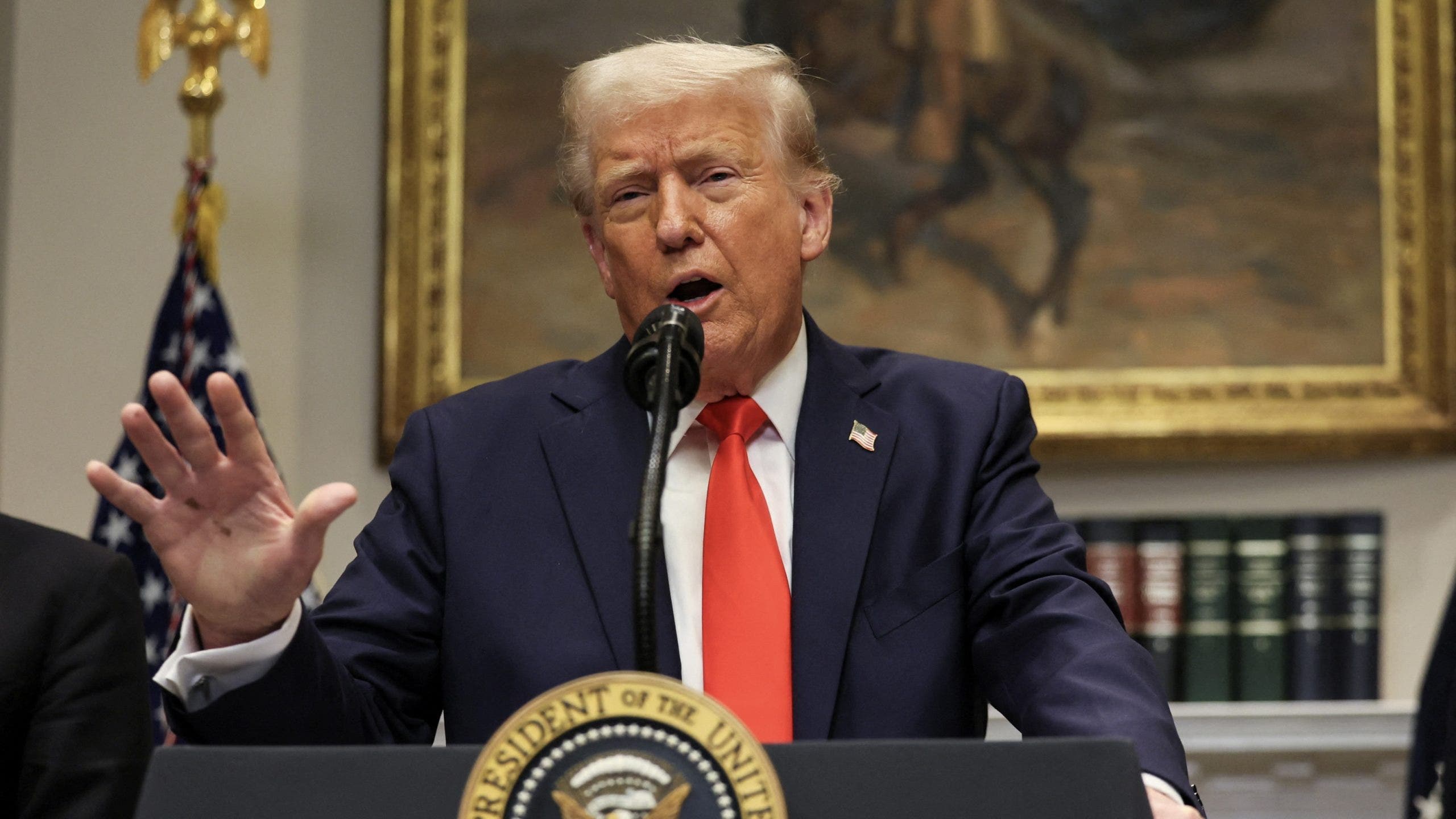For more than four decades, the Iranian regime has meticulously constructed a “Ring of Fire” around Israel, employing various terror groups to extend its influence across the Middle East. However, recent military actions by Israel have begun to unravel this intricate network, indicating a potential turning point in the ongoing conflict.
Amnon Sofrin, former head of the Intelligence Directorate at Mossad, told Fox News Digital, “In central Tehran, there is a huge clock that was set up in 2015, showing how much time is left for Israel, indicating that by 2040, Israel should no longer exist. They have been preparing for this moment. Some of the Iran-backed militias conducted reconnaissance with Hezbollah in southern Lebanon and claimed they would assist once the [Israel Defense Forces] IDF entered Lebanon.
“However,” Sofrin added, “we are already inside Lebanon, and no pro-Iranian militia has yet provided help. Iran isn’t giving the order to its other proxies in the region to join the ground war—at least not yet.”
While Tehran’s other terror proxies have yet to engage directly in ground battles, they have demonstrated their “support” in other ways. Earlier this month, drones loaded with explosives were launched by pro-Iranian militias from Iraq against an Israeli military base in the Golan Heights, killing two Israeli soldiers and injuring 24.
HEZBOLLAH’S NEIGHBORS: ISRAELI BORDER COMMUNITY UNDER CONSTANT ATTACK FROM TERROR GROUP
Hezbollah Radwan terrorists training in Southern Lebanon close to the Israeli border. (AP/Hassan Ammar)
This is not the first time these pro-Iran militia groups in Iraq have claimed responsibility for attacks on Israel. In April, an unmanned aerial vehicle launched from Iraq infiltrated Israeli territory through Jordan and exploded on a structure at an IDF base in Eilat without being intercepted. “That was a sophisticated maneuver, sending it through Jordan to Eilat,” said Sofrin, “showing their high capabilities.”
In Iraq, the Popular Mobilization Forces consist of approximately 25 to 30 Shiite militias that emerged in response to ISIS. These groups have served as Iran’s boots on the ground, reinforcing its foothold in both Iraq and Syria.
Professor Uzi Rabi, director of the Moshe Dayan Center for Middle Eastern Studies at Tel Aviv University, explains, “The ones benefiting from ISIS’s defeat are the pro-Iranian militias. Iraqi militias number around 60,000 to 70,000 individuals, making them a formidable force. This contingent is supported by the Shiite regime in Iraq and is woven into the fabric of the state, possessing military capabilities that extend beyond being mere militias; like Hezbollah in Lebanon, they are more than just a faction.”

Houthi fighters march during a rally of support for the Palestinians in the Gaza Strip and against the U.S. strikes on Yemen outside Sanaa on Monday, Jan. 22, 2024. Thousands of fighters from Iran-backed groups in the Middle East are offering to come to Lebanon to join the militant Hezbollah group in its fight with Israel. (AP Photo)
Rabi pointed out another concerning development. “There is a process of rapprochement between the Houthis in Yemen and the militias in Iraq; the Houthis have opened a liaison office in Baghdad and are training there.
“There are reports that the Houthis have already sent a forward unit to southern Syria, consisting of experts in operating missiles and rockets, to assist in training the militias in southern Syria to operate these systems. The Houthis are recruiting many people and training various militias, which could lead to their presence in Iraq or southern Syria, from where they might attack Israel and American forces in the region, either physically or through missiles.”
“Iran is deploying forces, and it is possible that the pro-Iranian militias in Iraq and Syria will join in targeting Israel,” Rabi elaborated, “However, I believe that the Iraqi arena serves more as a facilitator; its function is to create an Iranian corridor from one side of the region to the other, facilitating logistical capabilities and weaponry to the focal point, which is Hezbollah.”
“We still have an open bill with the Iran-backed Iraqi militias,” said Avner Golov, former senior director of Israel’s National Security Council. “They killed two of our soldiers, and I will criticize Israel for not retaliating. I cannot imagine that if it were American soldiers, America would not have retaliated.”
In Syria, three brigades of militias operate under Iranian guidance: the Fatemiyoun Brigade, populated by Afghan mercenaries; Liwa’ Zaynabiyun, composed of Pakistani mercenaries; and Imam Ali, comprising fighters from other Muslim countries. Each soldier is paid about $500 to $800 a month.
“These are individuals who are either criminals who will be freed in exchange for enlisting in the Iranian war effort or members of their families who are being kidnapped or seeking some form of patronage,” explained Rabi.
“It is a steady practice that we have seen throughout the years adopted by Iran,” Rabi added, “demonstrating how tyrannical and cruel Iran can be as it capitalizes on the sorrow and agony of people in these failed states.”
So far, the militias in Syria have served mostly as operators of the corridor for arms from Iran and as a logistical hub. Earlier this month, the IDF bombed the Al Mazna border crossing between Lebanon and Syria, a central passage used to transfer weapons from Iran.
“We have intelligence capabilities that allow us to monitor events and neutralize threats before they occur,” said Sofrin. “There was an attack in Syria … near an airport held by the Russians for 49 years, called Khmeimim, which is located near a weapons depot intended for transfer to Lebanon. Despite the proximity of the Russians, Israel attacked it, destroying the systems.”

Iran’s religious leader Ayatollah Ali Khamenei, right, meets Syrian leader Bashar al-Assad in Tehran, Iran, on Feb. 25, 2019. (IRANIAN LEADER PRESS OFFICE / HANDOUT/Anadolu Agency/Getty Images)
As Israel intensifies its military operations, several scenarios may unfold. Sofrin warns of the potential for escalated hostilities if Iranian terror proxies are activated. “While these groups are ready to attack, they await orders from Iran, which complicates the situation,” adding that “the potential for these groups to engage in sporadic attacks against American forces in the Middle East adds another layer of complexity.”
Looking ahead, the Iranian “Ring of Fire” faces unprecedented challenges. As Sofrin asserts, “We are beginning to change the equation in the Middle East,” highlighting the necessity for ongoing pressure on Iranian proxies to prevent them from regrouping.
CLICK HERE TO GET THE FOX NEWS APP
As winter approaches, operational challenges in Lebanon will increase, limiting the effectiveness of military responses. However, Golov who is also the vice president of MIND Israel, a national security advisory NGO, believes that a renewed focus on dismantling the Iranian axis is essential, and the way to do it is by sending a clear message to Bashar al-Assad.
“If Assad collaborates with Iran, if he continues to serve as an Iranian tool, he’s the next target. He must understand that he risks his regime,” Golov said, emphasizing that this pressure could compel Assad to reconsider his alliances with Iran, impacting the broader Iranian strategy in the region.





